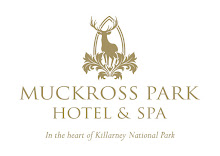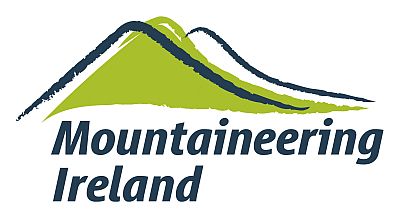What type of boat are you going to buy?
- Kayak - good for regular use, surfing, white water kayaking & advancing skills.
- Canoe - good for sheltered areas, overnight trips, carrying gear & white water canoeing
- Sit On Top - good for families & kids, for occasional use in sheltered areas & surfing.
What are you looking for?
- Stability
- Comfort
- Backrest (not for canoes)
- Footrest (not for canoes)
- Handles
- Easy To Carry
What else do you need?
- Paddle
- Buoyancy Aid (essential at all times)
- Helmet (essential, even for gentle beach paddling)
- Wetsuit (shorty, long john, steamer)
- Whistle (attached to buoyancy aid, for attracting attention)
Either before you buy your boat or once you have it, it's recommended to do some type of training course, covering strokes, skills, rescue techniques, safety & equipment. Click here to see a full list of upcoming kayak courses or contact me to organise a personally designed half-day or day's training.
Sport Corran Tuathail - Killarney's Outdoor Adventure Shop - stocks all types of kayaks, canoes and sit on tops plus all the equipment you will need.
Anyone buying a kayak from Sport Corran Tuathail can avail of a Half Price Kayak Lesson, run at Caragh Lake by myself or one of my team.













